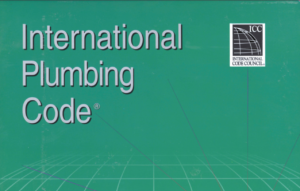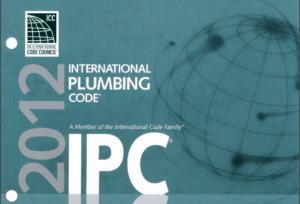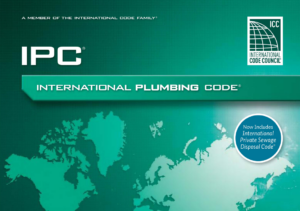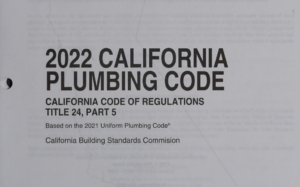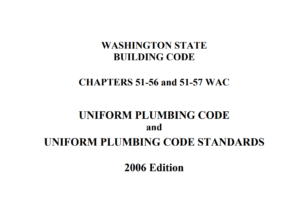The 2000 International Texas Plumbing Code is designed to provide modern regulations for the design and installation of plumbing systems. This code aims to safeguard public health and safety in all communities by setting minimum standards for plumbing systems using both prescriptive and performance-related provisions. It allows for the use of new materials and plumbing designs and is compatible with various codes, including the BOCA National Codes, Uniform Codes, and Standard Codes. The development of this code was a collaborative effort involving representatives from different organizations, focusing on creating regulations that protect public health without unnecessarily increasing construction costs or restricting new materials and methods. The code development process also serves as an international forum where plumbing professionals can discuss and debate proposed revisions, promoting consistency in code application worldwide.
The International Plumbing Code can be adopted by jurisdictions internationally, and its use is intended to be achieved through adoption by reference according to the jurisdiction’s laws. During adoption, local information is inserted into the code as needed, as indicated in the code’s sample adoption ordinance. The code is regularly updated through an open development process that welcomes input from code enforcement officials, industry representatives, design professionals, and other stakeholders. While the code is developed with high standards, it is essential to note that the code bodies involved do not accept liability for compliance issues, as enforcement is the responsibility of the governmental body that enacts the code into law.
The code includes provisions that ensure its applicability to various plumbing systems, allowing existing systems to continue their use and maintenance if they comply with the original design and do not pose any hazard. All plumbing systems, both existing and new, must be maintained in proper working order, with the owner responsible for their upkeep. Additions or alterations to plumbing systems must conform to current standards without making the existing system fully comply with the new code. The code also provides guidelines for changes in occupancy, historic buildings, and buildings that are moved within the jurisdiction. Additionally, the Department of Plumbing Inspection is established to enforce the code, with the code official having the authority to adopt rules, issue permits, conduct inspections, and maintain records to ensure compliance.

